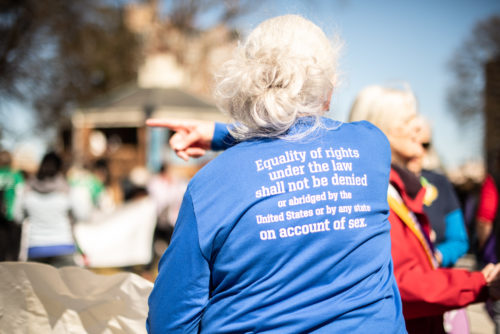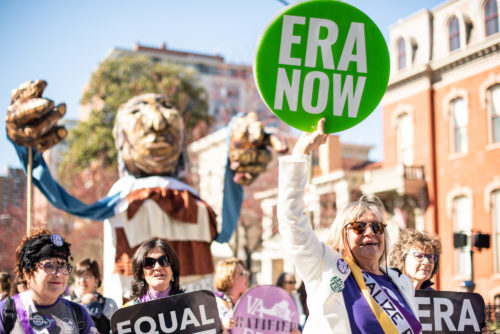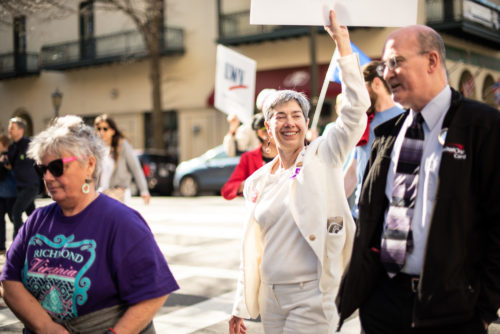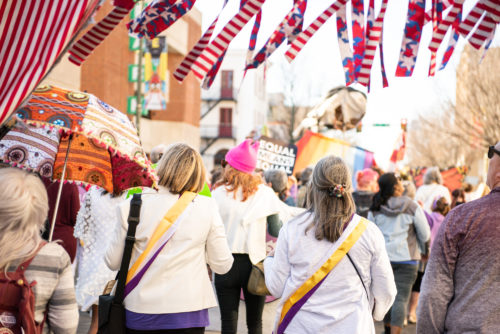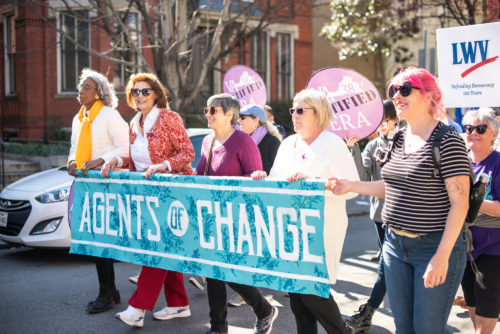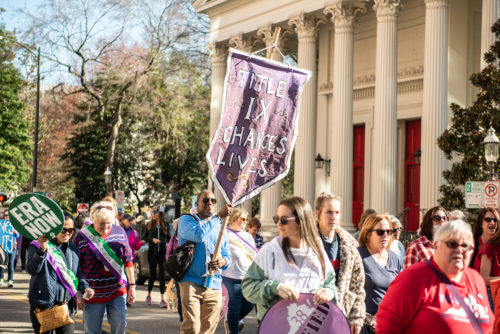“Will this help women get paid more equally?”
- Presumably, yes. We should also expect to see increased gender equity on Boards of Directors (source, Society for Human Resource Management).
- In comparison to the average pay of White men, the pay gap for women is as follows (source, AAUW):
- Asian women – 90% *
- White women – 79% (Equal Pay Day: April 9)
- Black women – 62% (Equal Pay Day: August 13)
- Native Hawai’ian or other Pacific Islander women – 61% *
- America Indian or Alaskan Native women – 57% (Equal Pay Day: October 1)
- Latina women – 54% (Equal Pay Day: October 29)
- * Equal Pay Day for AAPI: February 11 (source, Equal Pay Days)
- In a recent survey conducted for the Time’s Up Foundation, 1 in 3 men who make hiring decisions agree that men should have more of a right to a job than women when jobs are scarce. (source, Time’s Up Foundation)
- About four-in-ten working women (42%) in the United States say they have faced discrimination on the job because of their gender. One-in-four working women (25%) say they have earned less than a man who was doing the same job; one-in-twenty working men (5%) say they have earned less than a female peer. (source, Pew Research Center)
- At the current rate of progress the pay gap is not expected to close until 2093 (source, AAUW).
- Women with a bachelor’s degree earn 74 cents for every dollar their male counterparts make. For workers without a bachelor’s degree, the male-female pay gap is actually lower with women earning about 78 cents for every dollar men earn. (source, U.S. Census Bureau)
- The United States has two pay equity laws, the Equal Pay Act of 1963 and the Lily Ledbetter Fair Pay Act of 2009. The 28th Amendment (Equal Rights) would underpin these laws in the Constitution.
- In comparison to the average pay of White men, the pay gap for women is as follows (source, AAUW):
- Fields that traditionally dominated by women are paid far less than the value they represent to society (childcare, education, elder care, and nursing come to mind).
- In the United States, women of color are 40% of the overwhelmingly female child care industry workforce, which is also 22% immigrant women. Together, African American and Hispanic early educators are overrepresented in roles that place their wages not only at the bottom of the early childhood workforce, but at the bottom of the entire U.S. labor market. (source, Prism)
- Due to the widespread low wages, more than one in six women child care workers live below the poverty line and over half receive rely on some form of public assistance including the Supplemental Nutritional Assistance Program (formerly known as food stamps), the Temporary Assistance for Needy Families program, the Earned Income Tax Credit, Medicaid. (source, Prism)
- Women’s pay inequity impacts families. Almost 40% of children have a mother who is a sole breadwinner. (source, Boushey as cited in the US Conference of Mayors amicus brief)
- When the 28th Amendment becomes enforceable, a few key things will occur:
- Congress’ legislative capacity to write laws to protect against gender discrimination will be enhanced.
- Someone experiencing gender discrimination will be more likely to win should (s)he take the case to court.
- New court challenges will be possible to a variety of discriminatory scenarios.
- For more information / details, check the FAQ “What Changes”
- Many corporations support adding the 28th Amendment. For a full listing, check the FAQ “Who Supports”

ADDITIONAL FAQs




